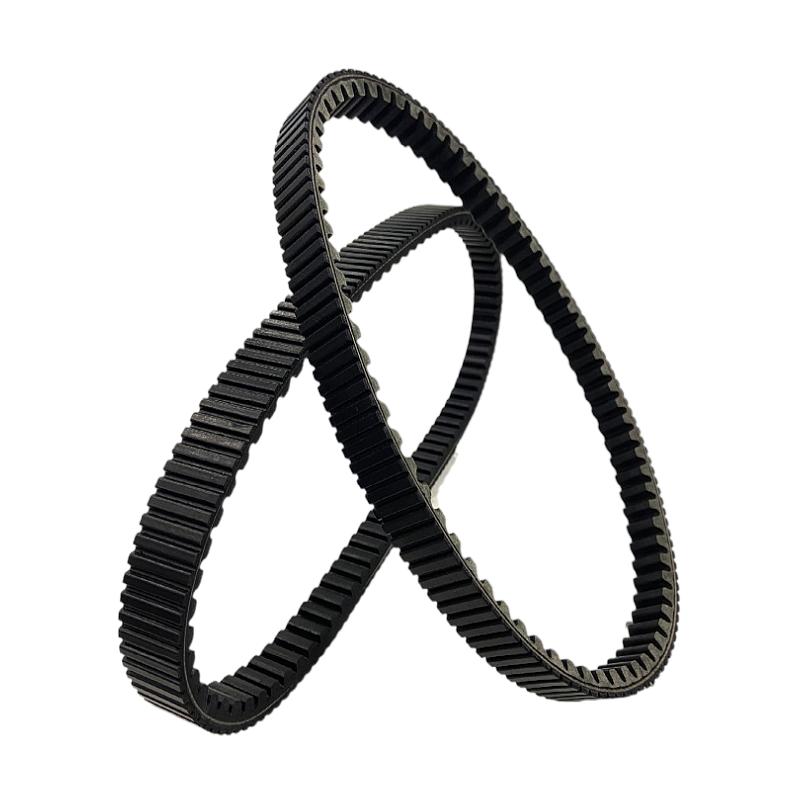- Arabic
- French
- Russian
- Spanish
- Portuguese
- Turkish
- Armenian
- English
- Albanian
- Amharic
- Azerbaijani
- Basque
- Belarusian
- Bengali
- Bosnian
- Bulgarian
- Catalan
- Cebuano
- Corsican
- Croatian
- Czech
- Danish
- Dutch
- Afrikaans
- Esperanto
- Estonian
- Finnish
- Frisian
- Galician
- Georgian
- German
- Greek
- Gujarati
- Haitian Creole
- hausa
- hawaiian
- Hebrew
- Hindi
- Miao
- Hungarian
- Icelandic
- igbo
- Indonesian
- irish
- Italian
- Japanese
- Javanese
- Kannada
- kazakh
- Khmer
- Rwandese
- Korean
- Kurdish
- Kyrgyz
- Lao
- Latin
- Latvian
- Lithuanian
- Luxembourgish
- Macedonian
- Malgashi
- Malay
- Malayalam
- Maltese
- Maori
- Marathi
- Mongolian
- Myanmar
- Nepali
- Norwegian
- Norwegian
- Occitan
- Pashto
- Persian
- Polish
- Punjabi
- Romanian
- Samoan
- Scottish Gaelic
- Serbian
- Sesotho
- Shona
- Sindhi
- Sinhala
- Slovak
- Slovenian
- Somali
- Sundanese
- Swahili
- Swedish
- Tagalog
- Tajik
- Tamil
- Tatar
- Telugu
- Thai
- Turkmen
- Ukrainian
- Urdu
- Uighur
- Uzbek
- Vietnamese
- Welsh
- Bantu
- Yiddish
- Yoruba
- Zulu
Ağu . 13, 2024 11:32 Back to list
Understanding and Choosing the Right Sizes for 6PK Belt Products in Various Applications
Understanding 6PK Belt Sizes
Belt sizes are an integral aspect of automotive maintenance and repair, particularly when it comes to serpentine belts. The term 6PK refers to a specific type of serpentine belt, where PK denotes the belt design, and 6 refers to the number of ribs that the belt features. This article aims to explore the significance of 6PK belt sizes, how they function, and their application in vehicles.
What is a Serpentine Belt?
A serpentine belt is a long, winding belt that drives multiple peripheral devices in an engine. These devices typically include the alternator, power steering pump, water pump, and air conditioning compressor. Unlike older V-belts, which were used to power individual accessories, a serpentine belt is a single belt that carries out the work of several belts, making it more efficient and easier to manage.
The Importance of Belt Size
The size of a belt is crucial for its function. A belt that is too loose may slip, leading to loss of power to the engine accessories, while one that is too tight may put undue stress on the components, potentially causing damage. The 6PK designation indicates a belt with six ribs, which is suitable for various applications. The ribbed design allows the belt to maintain a strong grip on the pulleys and ensures that power is transmitted effectively.
Applications of 6PK Belts
6pk belt sizes

6PK belts are commonly used in a variety of vehicles, ranging from sedans to SUVs and light trucks. Their versatility makes them a popular choice among manufacturers. The ribbed design of the 6PK belt facilitates a greater surface area, resulting in better friction and increased durability. This means that 6PK belts can handle higher loads and operate more effectively in demanding conditions.
When selecting a 6PK belt, it is vital to consider the manufacturer's specifications. Using the correct size ensures compatibility with the vehicle’s pulleys and accessories. Additionally, regular inspections should be carried out to check for signs of wear, cracks, or fraying. A well-maintained belt is crucial for optimal vehicle performance and longevity.
How to Measure a 6PK Belt
To measure a 6PK belt, you will typically use two key metrics the width and the length. The first step is to determine the width, which, for a 6PK belt, is usually standardized at around 17mm (0.67 inches). To find the correct length, you may refer to the vehicle's manual, or use an old belt to measure its length if it has been removed. Most auto parts stores can also provide specific lengths based on the vehicle make and model.
Conclusion
6PK belt sizes are an essential aspect of vehicle maintenance that should not be overlooked. By understanding the specifications and applications of these belts, vehicle owners can ensure that they maintain their cars effectively and prolong their lifespan. When it comes to automotive components, a proactive approach to maintenance—such as regular inspections and timely replacements—can save time and money in the long run. Thus, being aware of the importance and functionality of 6PK belts is critical for anyone looking to keep their vehicle running smoothly.
-
Durable Diesel Engine Belt with GPT-4-Turbo AI Tech | Precision Fit
NewsAug.04,2025
-
High-Quality Tensioner Belt Pulley - Durable & Efficient
NewsAug.03,2025
-
Premium Timing Belt Factory | AI-Optimized Solutions
NewsAug.02,2025
-
Premium Custom V Belts Enhanced with GPT-4 Turbo AI
NewsAug.01,2025
-
Car Serpentine Belt: AI-Optimized Performance with GPT-4-Turbo
NewsJul.31,2025
-
Heat Joining Drive Belt | High-Durability Fusion Solution
NewsJul.31,2025

